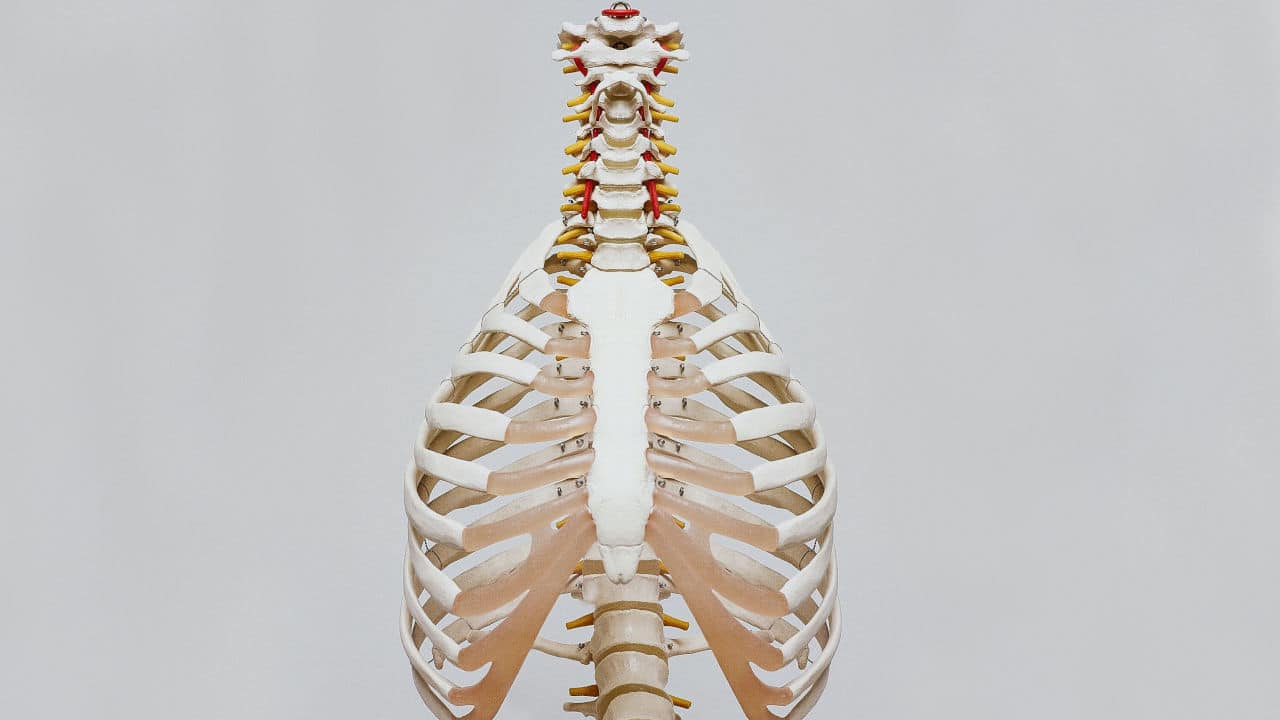Spinal cord injuries are injuries caused to the spinal cord or nerves at the end of the spinal canal. A spinal cord injury generally causes permanent loss of sensation, strength, and function below the site of the injury.
What Is Complete Spinal Cord Injury?
Complete spinal cord injury is fatal and can lead to a blatant change in lifestyle. This is because it is often accompanied by permanent disability. According to an article by UPMC HealthBeat titled Incomplete vs. Complete Spinal Cord Injury, “complete spinal cord injuries occur when the spinal cord is fully compressed or severed completely eliminating the brain’s ability to send signals below the point of injury.”
Some of the distinguishing symptoms of a complete spinal cord injury include complete loss of sensation in the area below the injury, difficulty in controlling bladder and bowel movement, difficulty in breathing, and complete loss of motion in the areas below the injury.
What is An Incomplete Spinal Cord Injury?
The incomplete spinal cord injury is not as critical as the complete one. According to an article by Flint Rehab titled Incomplete Spinal Cord Injury: Types, Effects, and Recovery Outlook, an incomplete spinal cord injury is described as “damage to the spinal cord that partially disrupts the transmission of signals between the brain and muscles.”
This means the communication between the brain and the point below the injury is not entirely cut off, as seen in the case of a complete spinal cord injury.
Incomplete spinal cord injury is characterized by the feelings of pain below the area of the injury, the ability to move some muscles below the area of the injury, and the ability to feel some sensations below the site of the injury even though it is not constant.
Causes of Complete and Incomplete Spinal Cord Injury Portrayed Through Litigation Animation
The way an injury occurs to the spinal cord does not necessarily determine if it would be complete or incomplete; the extent of the damage does. Therefore, the same incident may lead to different spinal cord injuries in different people. However the case may be, litigation animation can prove the cause or the extent of the injury to the jury.
According to the National Institute of Neurological Disorders and Stroke, “motor vehicle accidents and catastrophic falls are the most common causes of spinal cord injuries in the United States.”
In addition to that, it was revealed that violence (primarily gunshot wounds and assaults), sports injury, medical or surgical injury, industrial accidents, and diseases could lead to spinal cord injuries.
Some of the causes of complete and incomplete spinal cord injuries are briefly discussed below:
- Automobile accident
Automobile accidents are one of the leading causes of spinal cord injuries today. Because of the fatal nature of automobile accidents, the impact of the collision can significantly affect the spinal cord. This is because even though the spinal cord gives structure to the body, it is also fragile when roughly tampered with, as could happen in an automobile accident. In the case of Porter v. Decatur Memorial Hospital, the plaintiff suffered an incomplete spinal cord injury because he was in an automobile accident.
Using litigation animation would help depict the collision and the resultant effect on the victim in an automobile accident case. Hence, litigation animation can be rightly said to expose causation and effect in a court of law.
- Catastrophic falls
Falls are also a leading cause of spinal cord injury. Catastrophic falls can occur during some extreme sporting activities that require the supervision of professionals. It can also result from some functions in a place of work. A person can suffer a catastrophic fall during a construction job.
One of the significant functions of litigation animation is its demonstrative element. This is because the animation would accurately depict the distance from which the fall occurred and the direct and indirect impact on the spinal cord.
- Medical malpractice
A person can sustain a complete or incomplete spinal cord injury through the negligence of a medical practitioner. It could result from a mistake during surgery or through the improper prescription of treatment to the victim. It could also be caused by a delay in treating the victim of an accident, fall, or act of violence.
Whatever the circumstance surrounding the medical malpractice, the best way to depict it as it relates to complete or incomplete spinal cord injury is through litigation animation.






